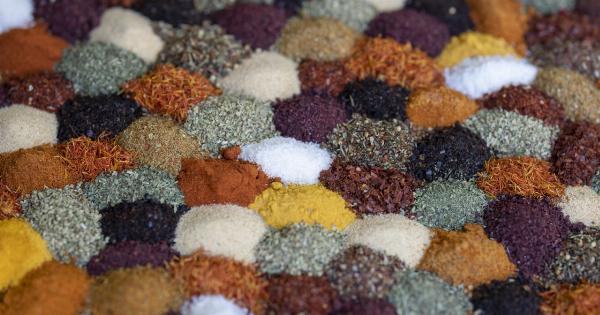Breastfeeding is an important part of motherhood. It helps establish a connection between mom and baby, and it provides essential nutrients for the baby’s growth and development.
However, breastfeeding can also be challenging, especially when mothers experience fungal infections. Fungal infections can significantly affect the breastfeeding experience and can even interfere with milk production. This article discusses how fungal infections can affect breastfeeding and how to manage them.
What Are Fungal Infections?
Fungal infections are common in breastfeeding mothers. Fungal infections are caused by the overgrowth of fungi that are present on the skin, in the mouth, or in the gut.
The most common fungal infections that affect breastfeeding mothers are thrush, candidiasis, and nipple yeast infections. Thrush and candidiasis are caused by a yeast called Candida, which overgrows in the mouth, gut, or on the skin. Nipple yeast infections, on the other hand, are the overgrowth of Candida on the nipples.
Fungal infections can be painful and make breastfeeding a difficult and uncomfortable experience for mothers.
How Fungal Infections Can Affect Breastfeeding
Fungal infections can affect breastfeeding in various ways. Below are some of the ways in which fungal infections can affect breastfeeding:.
Painful Nipples
Fungal infections can cause painful nipples, making it difficult for mothers to breastfeed. The nipples become sore, sensitive, and can even crack or bleed. This makes breastfeeding painful and uncomfortable for both mom and baby.
Difficulty in Milk Let-Down
Fungal infections can interfere with milk let-down. When the nipples are sore and painful, mothers may experience difficulty in expressing milk.
This can lead to decreased milk production and low milk supply, causing the baby to become hungry, fussy, and may even lead to dehydration.
Baby May Develop Thrush
Fungal infections can be passed from mother to baby. If a mother has thrush or candidiasis, she can pass it on to her baby during breastfeeding. The baby may develop thrush in the mouth, causing white patches on the tongue and gums.
Thrush can make it difficult for the baby to feed and can cause discomfort and pain.
How to Manage Fungal Infections during Breastfeeding
Managing fungal infections during breastfeeding is essential for the well-being of both mom and baby. Below are some ways to manage fungal infections during breastfeeding:.
Antifungal Medications
The first step in managing fungal infections is to consult a doctor. Antifungal medications, such as fluconazole, can be taken orally or applied topically to treat fungal infections.
These medications can help relieve the symptoms of fungal infections and prevent the spread of the infection.
Breastfeeding Hygiene
Breastfeeding hygiene is essential to prevent the spread of fungal infections. Mothers should clean their breasts and nipples regularly with warm water and mild soap. It is also essential to dry the breasts and nipples thoroughly after breastfeeding.
Wearing loose-fitting clothes and keeping the affected area clean and dry can also help prevent fungal infections from spreading.
Probiotics
Probiotics are beneficial bacteria that live in the gut and promote good gut health. Probiotics can help prevent and treat fungal infections by restoring the balance of good bacteria in the gut.
Mothers can take probiotics supplements or consume probiotic-rich foods, such as yogurt and kefir, to prevent and treat fungal infections during breastfeeding.
Conclusion
Fungal infections can significantly affect the breastfeeding experience. It is essential to manage fungal infections promptly to prevent them from spreading and to ensure the well-being of both mom and baby.
Antifungal medications, breastfeeding hygiene, and probiotics are some of the ways to manage fungal infections during breastfeeding.





























